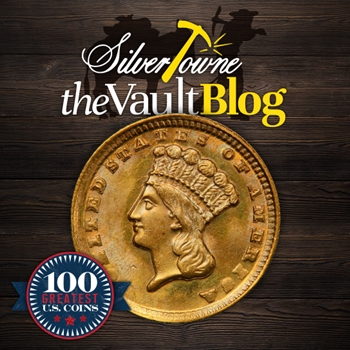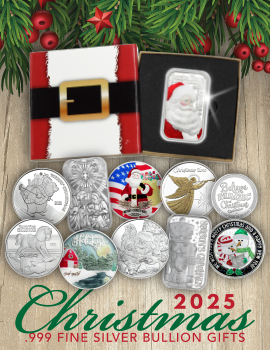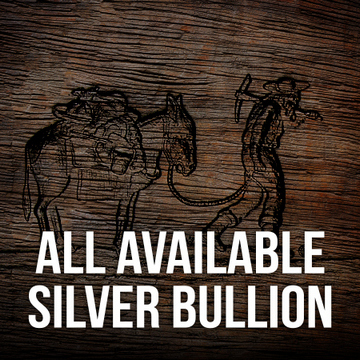
One of the rarest gold dollars in United States history is the focus of our blog series this go round following along with Whitman Publishing’s 100 Greatest United States Coins. The fourth edition, authored by Jeff Garrett, showcases this top 40 pick and its importance not only to numismatic history, but to our rich history during a time of the utmost civil unrest throughout the nation. With two sides apparent, this coin remains one of the scarcest yet most in demand coins ever produced.
#39 – 1861-D Indian Princess Head Gold Dollar
The Congressional Act of 1835 was responsible for creating the Charlotte Mint and the Dahlonega Mint. Opening in 1838 just like Charlotte, Dahlonega produced only quarter eagles and half eagles. Successful at such in the 1840s and 1850s, it was uncertain what the future would hold for the facility. In 1861, the Confederacy would take over the Mint in April after the Mint Director (George Kellogg) resigned, and it was officially part of the Confederate States of America. The gold bullion that remained at Dahlonega was used by the Rebels to strike between 1,000 and 1,500 gold dollars in May of that same year, creating the 1861-D Indian Princess Head Gold Dollar.
Again, Dahlonega was only used to striking quarter eagles and half eagles, making the gold dollars extremely rare. However, the Rebel minters were highly inexperienced, and the quality of the dollars were poor. The strikes were incomplete and inconsistent as a result of the planchets being carelessly prepared. Despite these major hang ups, most of the coins were released into circulation. Although, a small portion of the mintage was withheld by the Rebels. This fact is attributed to the reason there were so many that survived in a Mint State condition as most Dahlonega gold dollars are found with considerable wear and tear. Just 50 to 60 coins are known to exist.
In 1960, the 1861-D Gold Dollar was valued at $2,000 for an Uncirculated condition. By this fourth edition (2015), it had risen to $85,000.







